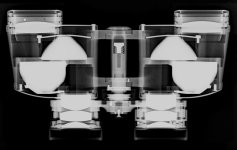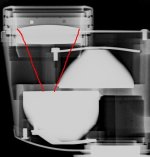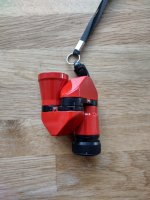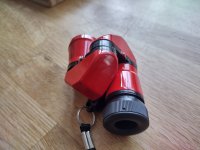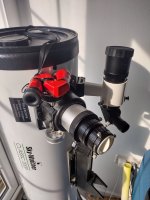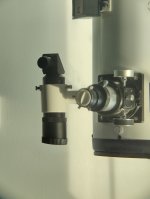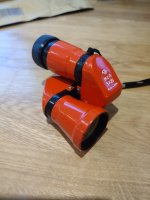pat mitchel
Well-known member
Since I have never had one in my hands, can someone enlighten me as to the design construction- are the prisms on a detachable tray as in Bausch and Lomb (American pattern) frames or is it a Zeiss frame with the prism dropped into slots milled in the bino frame a la German pattern binos. With the forward prism plates, that would tend to mean that it is a Zeiss framed bino where the forward prisms are removed via removal of the forward prism body cover plates. If so, what is the common method of prism adjust to affect optical alignment. I assume they use eccentrics on the objectives which are commonly used to affect small changes (which if the body is properly machined may be all that's needed to finalize the alignment), but a larger change would typically be made with tilt screws to the prisms or literally moving the prism in a slightly longer than needed slot with grub screw adjusts. Anyone "been under the hood" of an EII? Thanks and regards, Pat





